副業是在香港中文大學教書,主業是玩貓。
The Death of a Dictator - Romanian Travels
In this winter with no end in sight, we look back at the death of a dictator.
Last Christmas, I took advantage of the 30th anniversary of the Romanian revolution to overthrow the communist regime, and went to Bucharest to find the footprints of the revolution. In 1989, the wave of democracy swept across Eastern Europe, and in December came to Romania, where a bloody revolution broke out. In the end, the army rebelled, and the unique Shouxisgu, who had been in power for thirty-four years, was shot.

Shouxisgu is a legend.
One of the main points of reading the history of the Balkans is how the communist parties in various places fell out with the former Soviet Union, such as Tito in Yugoslavia, Hoxha in Albania, and Jusisgu in Romania. In 1968, the Prague Spring in the Czech Republic ended with the suppression of Soviet troops, and at that time Shouxisku, along with Yugoslavia and Albania, sided with the Czech Republic. In the eyes of the Western camp, although Shouxisgu is a communist leader, he is worthy of support because he dares to fight against the Soviet Union. Even US President Nixon has to visit in person. Seeing the opportunity, Shouxisgu played the role of an enlightened leader in the Western camp. All of a sudden, all kinds of funding came in, and people's lives improved significantly. This period has also become a period that many people today miss, and even feel that the life after democratization is not as good as that of the Communist Party. Taking the capital Bucharest as an example, forty-five of the fifty-one subway stations were built during the communist era, and only six more were built three decades after democratization.
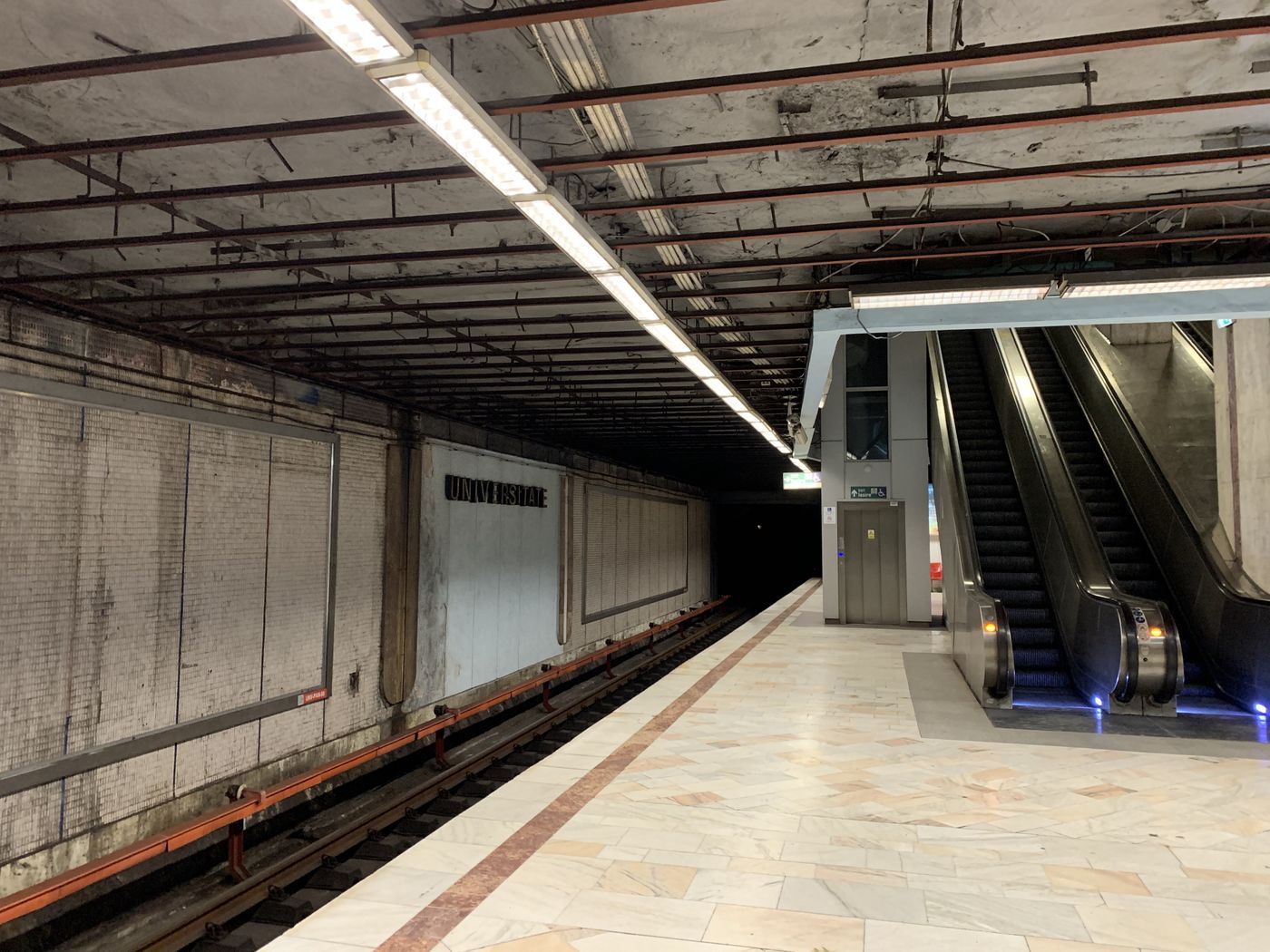
The reality is that the boom at the time was just the way of the times, and then it regressed dramatically, and the Communist Party fell as a result. At that time, the West funded a group of "Turn-Key Factory", that is, factories with everything ready to be put into production with just a twist of a key. Of course, the development was immediate. But the development of a place not only needs to be changed in hardware, but also in software. Under the planned economy, the enthusiasm of workers is always limited. To convert the old Chinese expression, it is "do and thirty-six, don't do and thirty-six." When the factory equipment was damaged and needed to be updated, it was only discovered that the country's foundation was actually strong on the outside and working on the inside. After all, the basic system of the country has not changed, and the so-called development is nothing but false fire. At this time, it is time to repay foreign loans, but Shouxisgu has to be a strong man, and cannot tolerate bowing his head in front of foreign countries, so he would rather greatly reduce social expenditures and pay off foreign debts, and even amend the constitution to include those who do not borrow foreign debts. terms. The problem is that doing so has only deepened the economic crisis, a vicious circle of self-control, and people's lives are miserable and complaining.
Low is not low. In 1977, another 7.2 magnitude earthquake occurred in Romania, and more than 1,000 people died in Bucharest alone. With economic constraints and natural disasters, the country should be recuperating, but Shouxisgu has already lived a life admired by thousands of people, so how could he stop? He visited North Korea in 1971 and was amazed at Pyongyang's majestic buildings. The great earthquake in 1977 gave him an opportunity to re-plan Bucharest, tearing down all the narrow alleys of the old city and turning them into straight roads. It must be pointed out that this practice of demolishing buildings to reflect rationality and modern imagination actually exists all over the world. New York City also thought of demolishing buildings and building a highway in the city center in the 1960s, but citizens in a democratic society opposed it and did not implement it. Romania Not so lucky.
At the heart of the entire reconstruction plan is the Romanian Parliament Palace, a symbol of state power. Built on a hill, the Palace of Congress is the largest single building in the world outside the Pentagon in Washington, D.C.
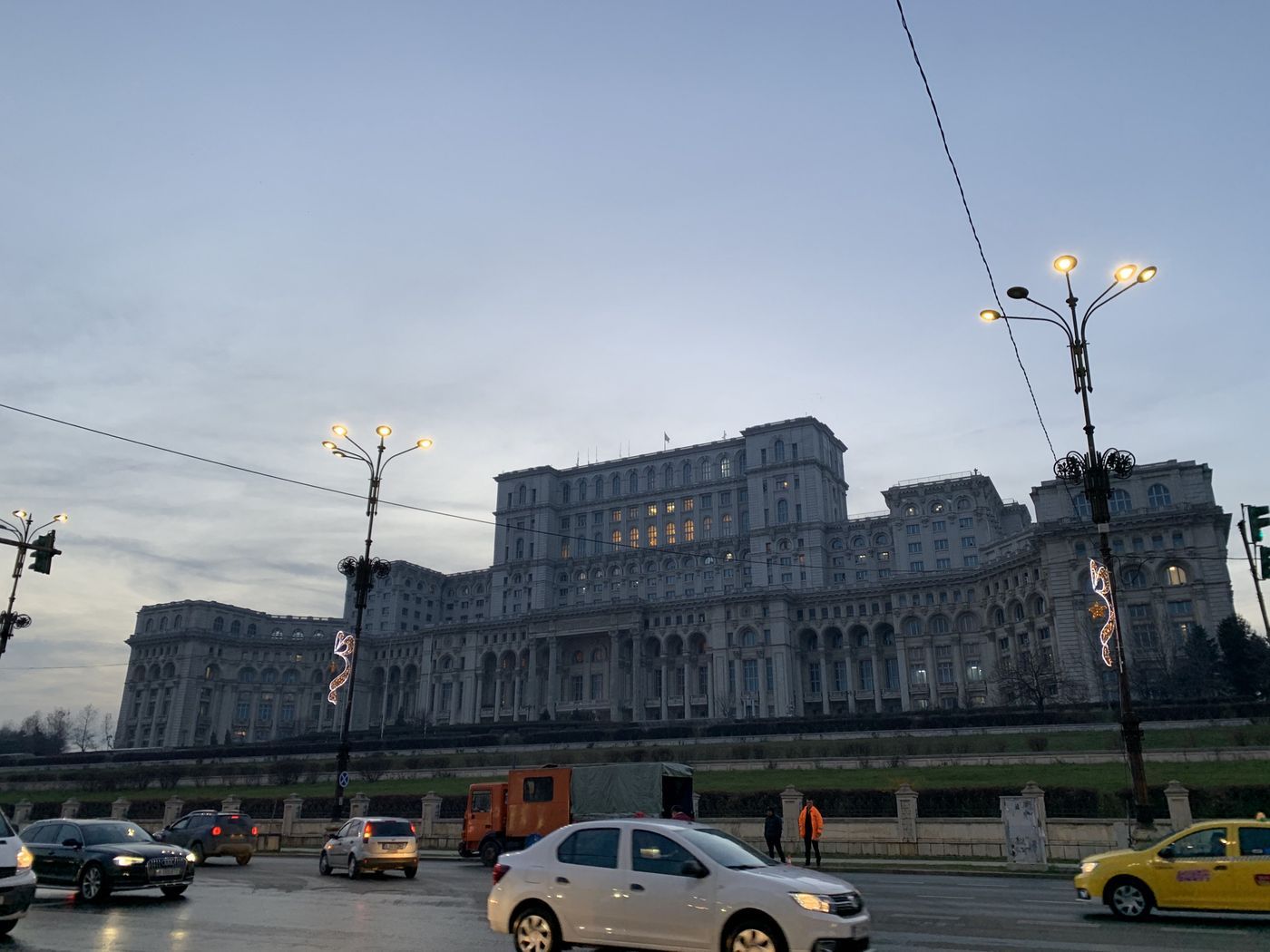
How exaggerated this building is, let's put it this way... it's so grand that it has been used as a stand-in for the Vatican in various film and television productions. Whenever a director wants to shoot the Vatican, but the subject is not acceptable to the Holy See, they will come here to shoot.

Being able to become a location for the location can also be considered to help make up a little income. After all, this building is too big for the country to use. As for whether there are ten rooms and nine empty rooms, I asked every Romanian and the answer to me was different. Some said that 70% of the rooms were vacant or that most of the rooms were used. Of course, the so-called vacancy or not depends on the definition. For example, the central hall of the Palais des Congrès is now used as a New Year's party for wealthy people and a graduation dance for a university. It is only used two or three times a year. Do you think it is considered vacant?
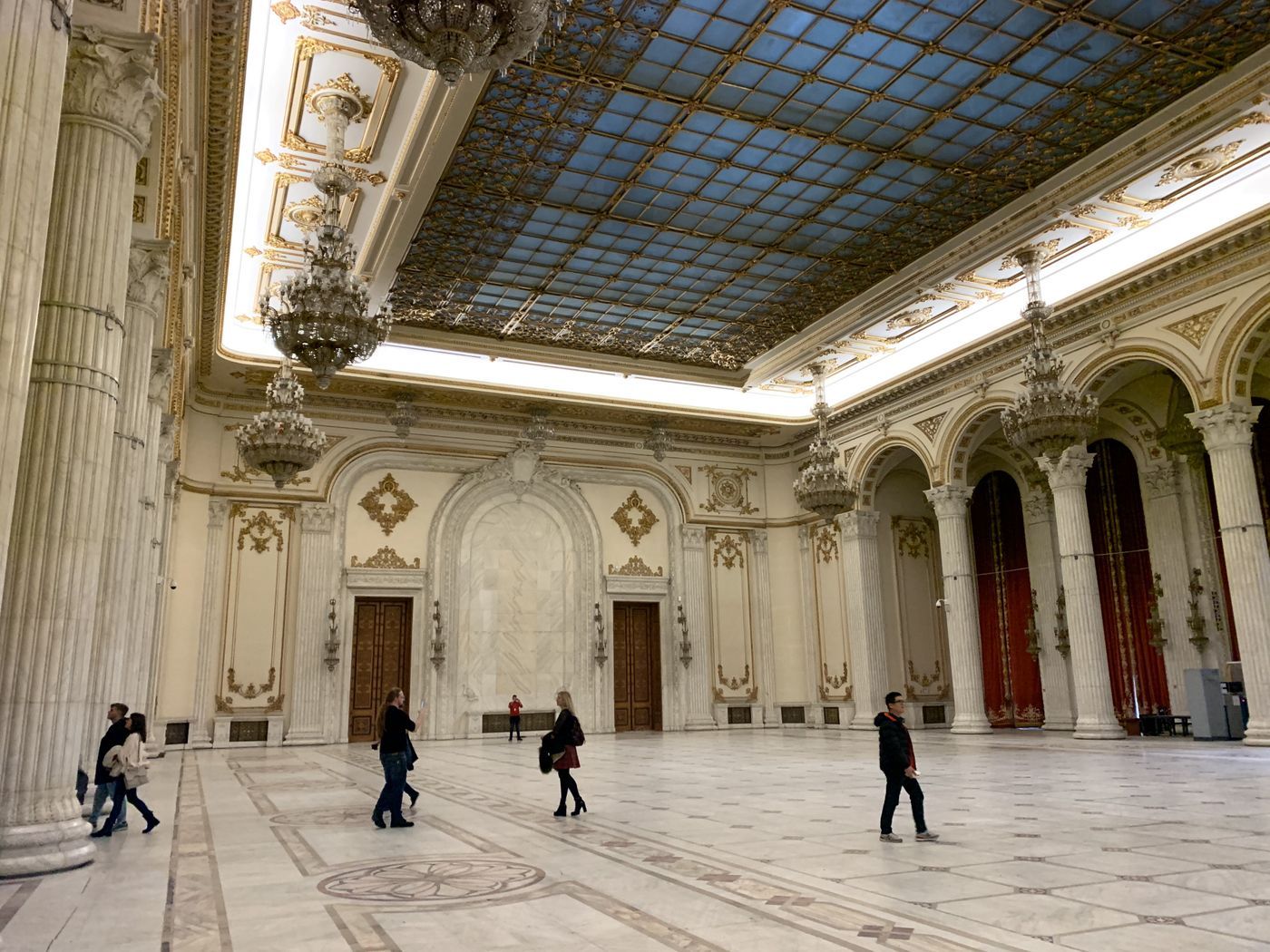
It must be explained that Shouxisgu itself has no chance to use this place to entertain foreign guests. When he was overthrown and executed in 1989, it was still unfinished, and it was not completed until 1997. His original idea was that when he was going to welcome foreign guests in the future, he and his wife Elena would walk down the big stairs on both sides of the main entrance and then hold hands in the middle, which made the appearance ceremony look grand.

Here, by the way, Elena. It is said that she herself only had a primary school level (although she still got a doctorate for some reason), but because she married the right person, she entered the core of the country's power. It is said that she met Jiang Qing when she visited China, and found that the position of the leader's wife could help her climb up, so she began to fight for power step by step. When the revolution broke out, her official title was Vice-Chairman of the Council of Ministers, although it was said that she was the real leader of the country, and she was more hated by the people than Shoussaku. Of course, this does not prevent the two of them from engaging in personality cults, and they have everything they can think of in all kinds of story collections.
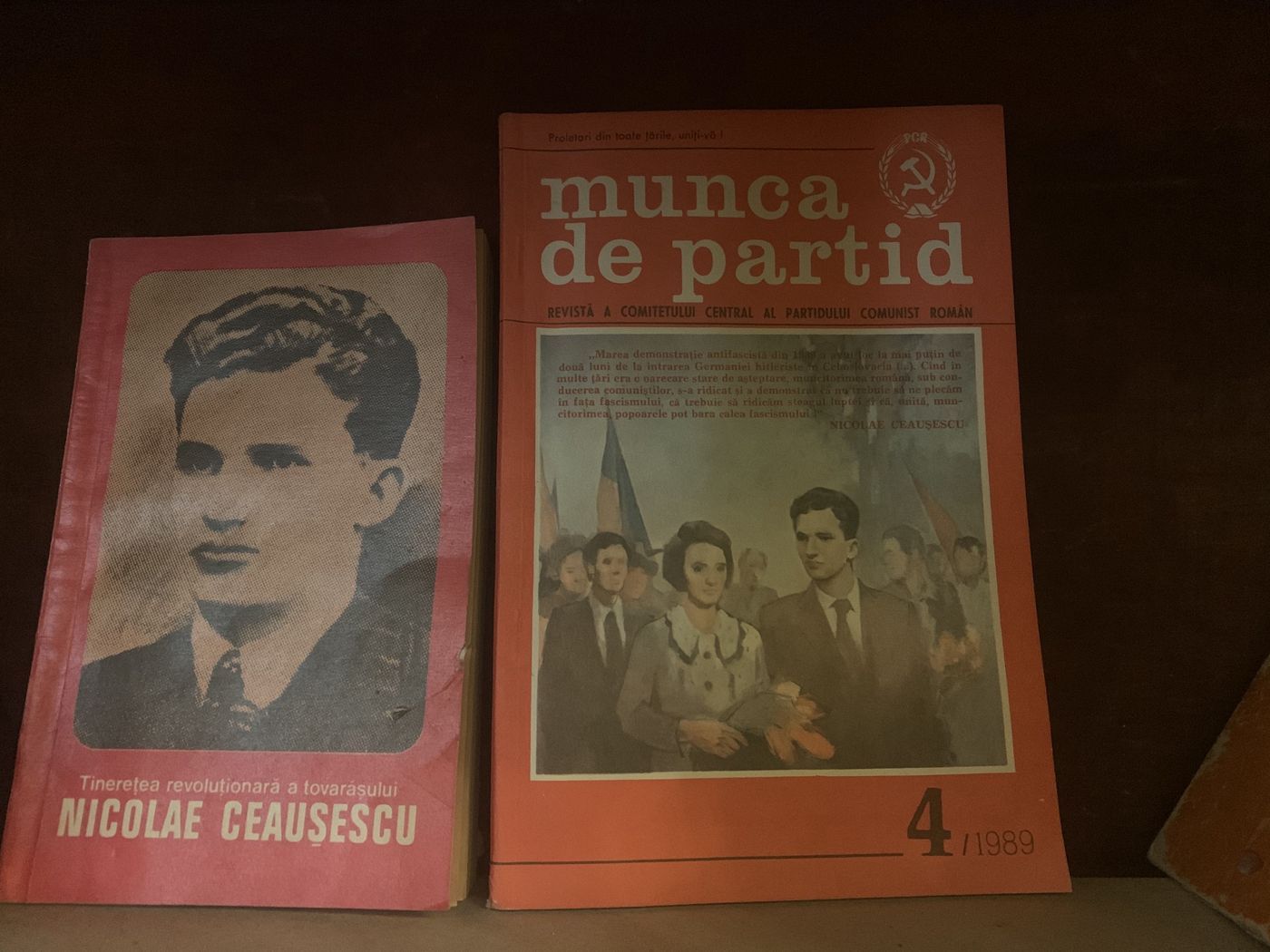
Speaking of Shouxisgu himself, he also thought that one day he would stand on the balcony of the building to hold a military parade and receive cheers from the crowd. Of course this didn't happen in the end. Accepting crowd cheers on the balcony of the Palais des Congrès was done by another person after the fall of Sussex: That man was Michael Jackson, who gave a concert in Romania after democratization (he is said to have slipped his tongue at that time and said, " Hello Budapest", messing up the capitals of Romania and Hungary. He really said that, but on another occasion).
Speaking of Shoussaku and receiving crowd cheers on the balcony, we can start talking about Shoussaku's death.
Time came to 1989, and the situation in Eastern Europe changed. First, the Polish Solidarity trade union won the first public election on 8964, followed by the revision of the Hungarian constitution to allow multiple party elections, then the East Germany Berlin Wall was torn down, the Velvet Revolution broke out in the Czech Republic, and the Bulgarian Communist Party decided to end the one-party dictatorship. Within six months, the various communist regimes in Eastern Europe fell one by one.
Come December, the revolutionary wave finally came to Romania. The revolutions mentioned above were all relatively peaceful, but the Romanian revolution was very unfortunate and required many human lives in exchange.
On December 16, a large-scale protest broke out in the western city of Timisoara. Shoussaku was convinced that "foreign forces" were inciting the masses and the army was dispatched to suppress it. Local citizens did not retreat, and came to reinforce them in large numbers. Although the official media did not mention the incident, it quickly spread through foreign media reports and word of mouth. Shouxisgu decided to come to a counter-offensive and mobilized the masses to come to the headquarters of the Communist Party Central Committee in Bucharest on December 21 to hear him speak.
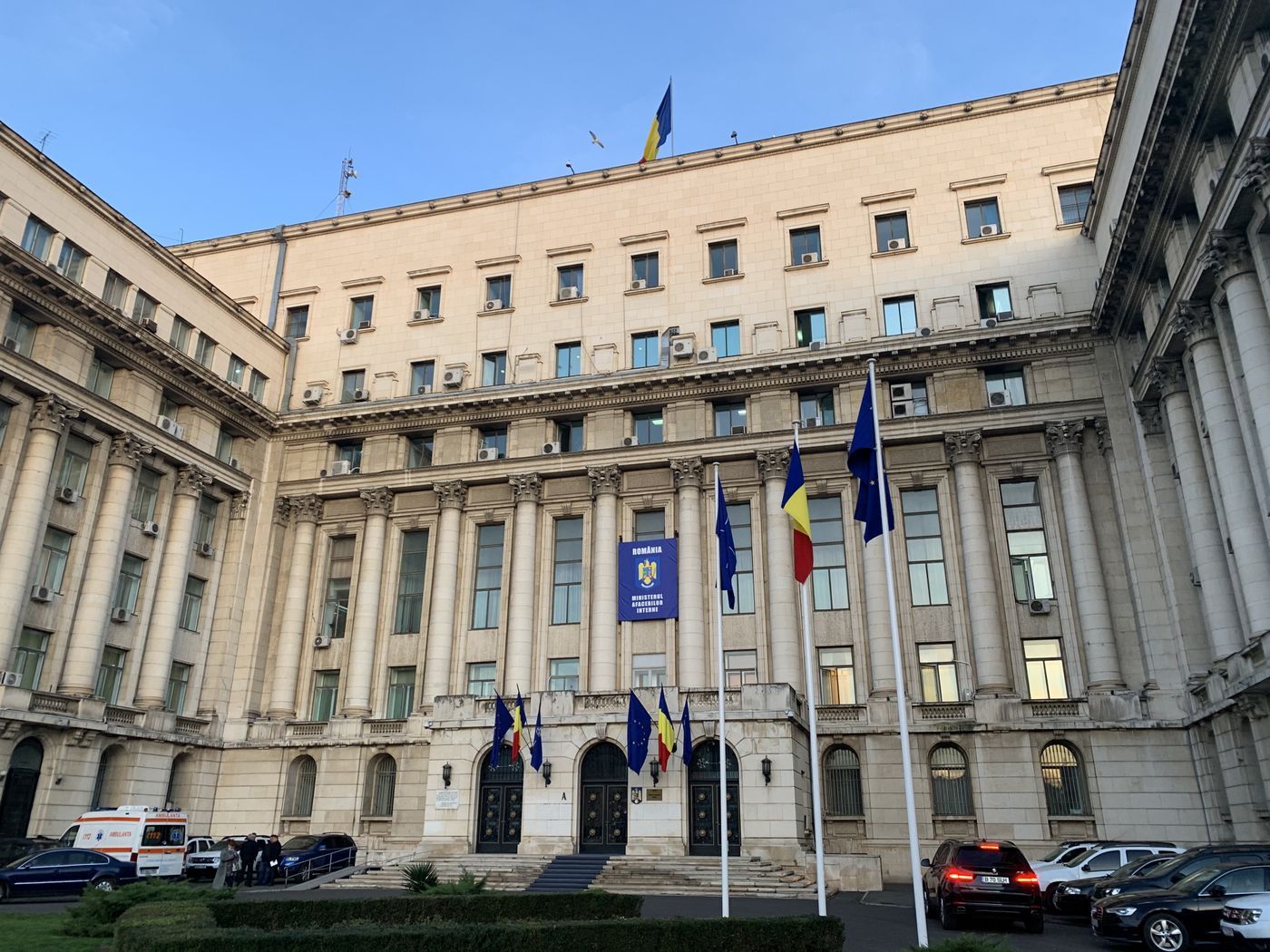
Standing on the balcony above the main entrance of the building, surrounded by 100,000 mobilized supporters from all over the world, Shouxisgu is confident that he is still loved by the people. But it backfired, he spoke for eight minutes, and the crowd behind had already started to raise fire, shouting "Timişoara". At this time, the TV broadcast was interrupted, and the crowd cheered and left the venue. He wanted to raise his hand and tell everyone to stay low. The situation was very embarrassing. The situation at the scene started to get out of control, and agents were finally asked to escort the couple away.
This "final speech" opened the prelude to the downfall of Shouxisgu, and everyone found that he was no longer in power. That night, large-scale clashes broke out in the urban area, the army entered the town to suppress, and the citizens set up roadblocks in many places. Just a minute walk from the headquarters of the Central Committee to the city center is University Square, where the conflict is most intense. In one corner of the square, people later carved the words "Anmen Square the next day" on the wall, which is still on the wall today and has become a monument to the people. Yes, it is only half a year before the June 4th Beijing crackdown.
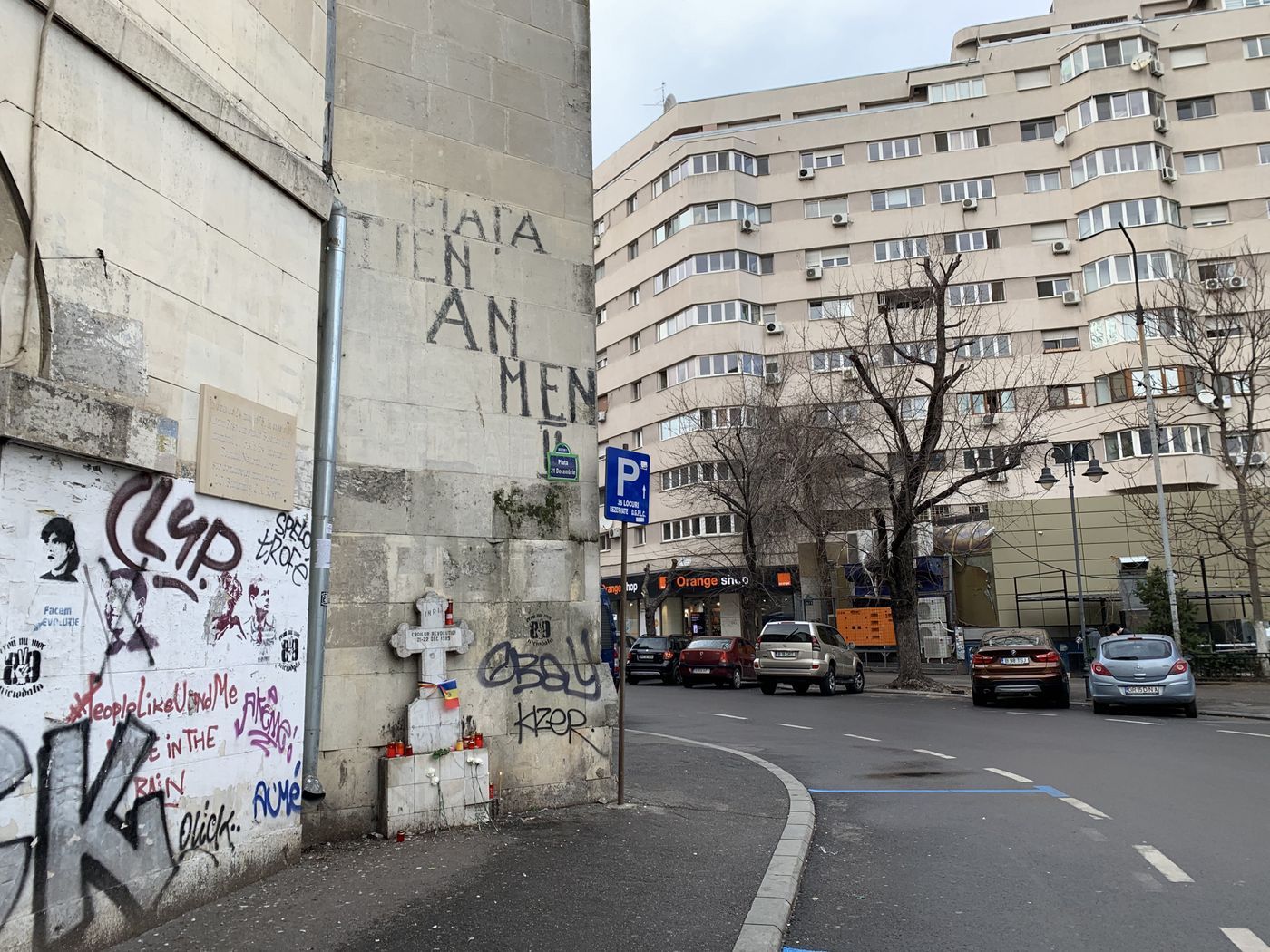
Shoussaku thought the crowd would disperse after a night of repression, but by the next morning, demonstrators had gathered again and advanced towards the headquarters of the Central Committee. At this time, news spread that the defense minister committed suicide, saying that it was because he refused to carry out the order to suppress the people of the capital with live ammunition. Shouxisgu hastily appointed another general to stop him as Minister of Defense, but at this moment the army has other plans. The crowd began to storm the Central Committee Headquarters building. The soldiers did not resist. The Shusesku couple left a few seconds before the demonstrators rushed to the balcony mentioned above, and hurriedly climbed to the top floor and jumped by helicopter. An angry crowd was said to have chased the roof when the helicopter took off.
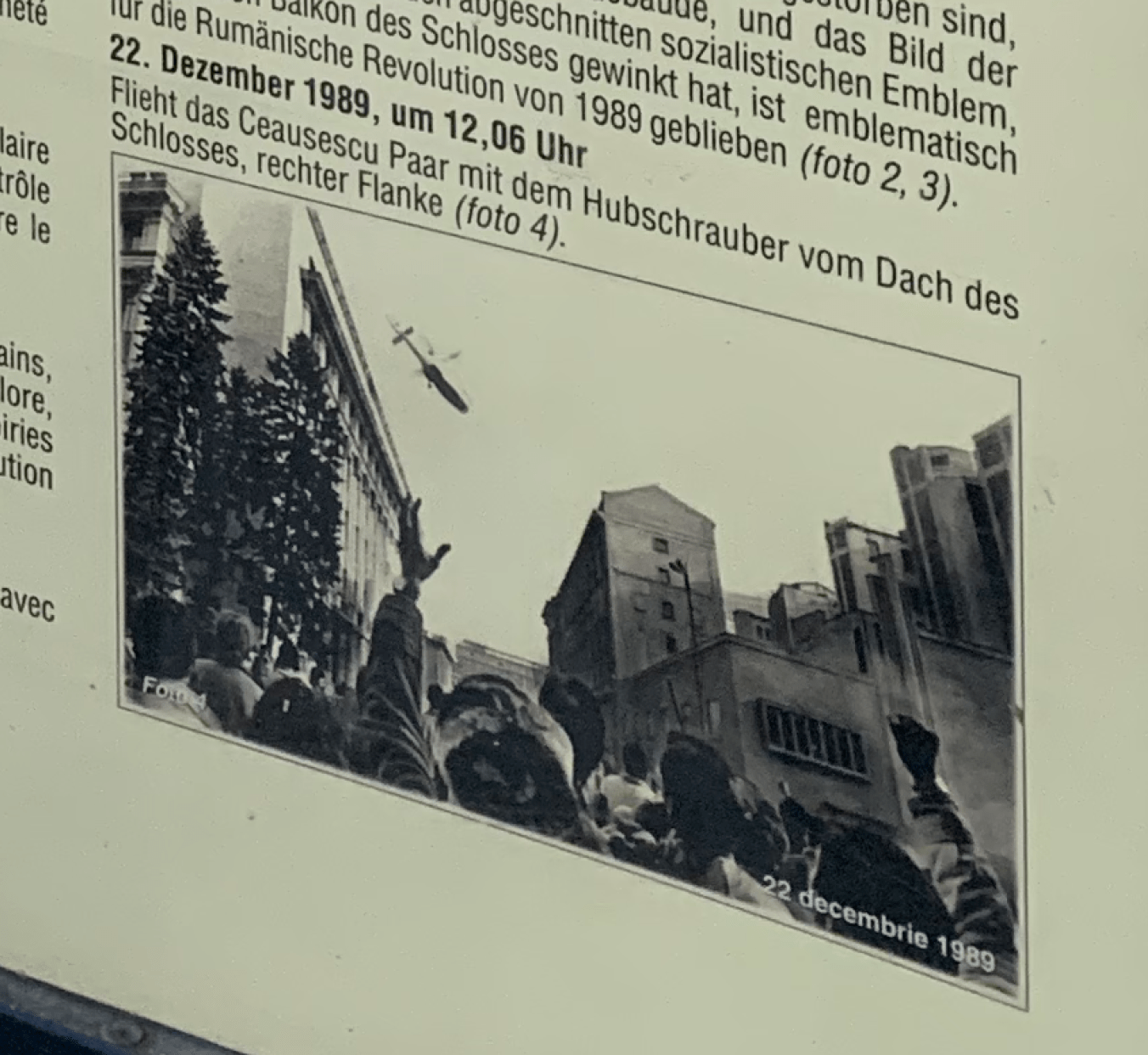
At 12:06 noon, the crowd in the square below saw the helicopter leaving, which also means that the situation of Shouxi Sigu is gone. The crowd who rushed into the building tore up the communist emblem in the center of the flag at that time, returning to the way the communists looked before they came to power. These flags, with a hole in them, became the symbols of the Romanian Revolution.
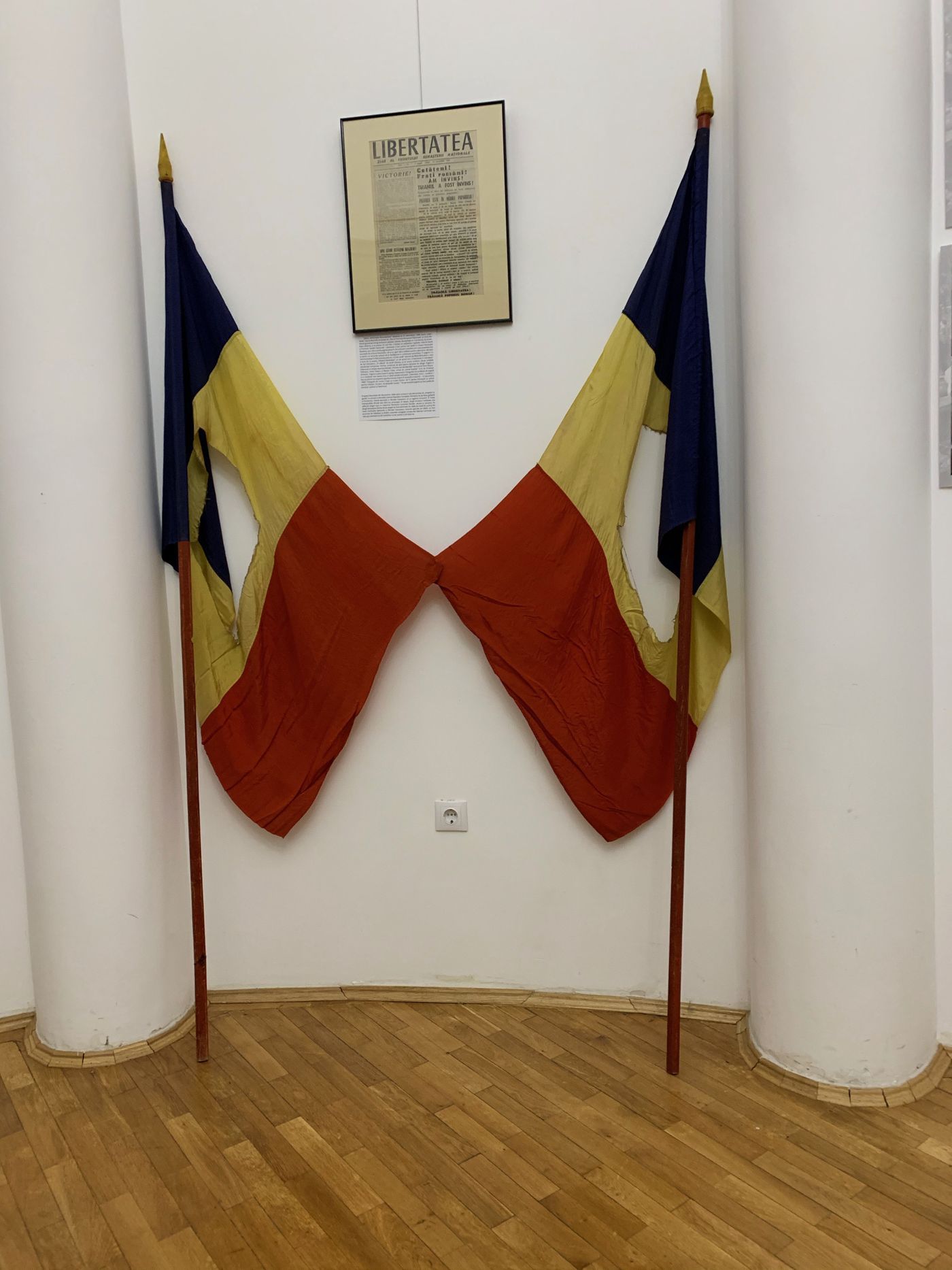
The shot goes back to the helicopter in the Shusesgu. Seeing that the army had actually begun to mutiny, the helicopter pilot realized that there was no benefit in continuing with Sushisgu, so he decided to sway around and pretend to be intercepted, and then made an emergency landing in the wilderness. Shouxi Sigu and his party had to stop the car on the road. The original driver didn't want to help, he pretended to have an engine failure after driving for a while, so he intercepted another car; this time the driver of course recognized them, and he chose to send them to the army that had mutinied, so they were detained again. Go to a military camp to monitor.
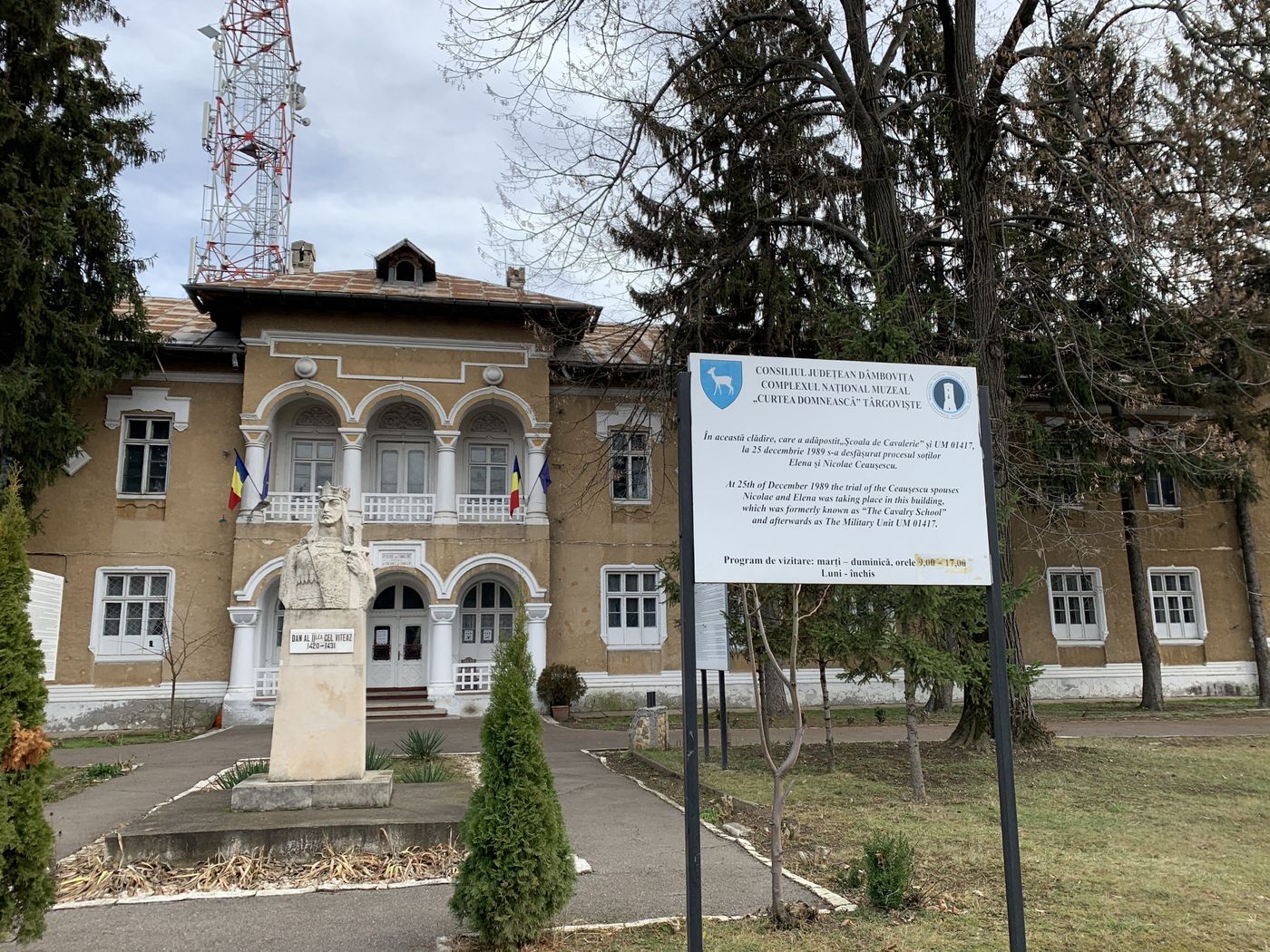
The Shouxisgu couple stayed here for three days, and they turned from the king of a country into a prisoner. At that time, they were still convinced that the troops loyal to him would come to the rescue, and in fact the barracks was also shot twice.
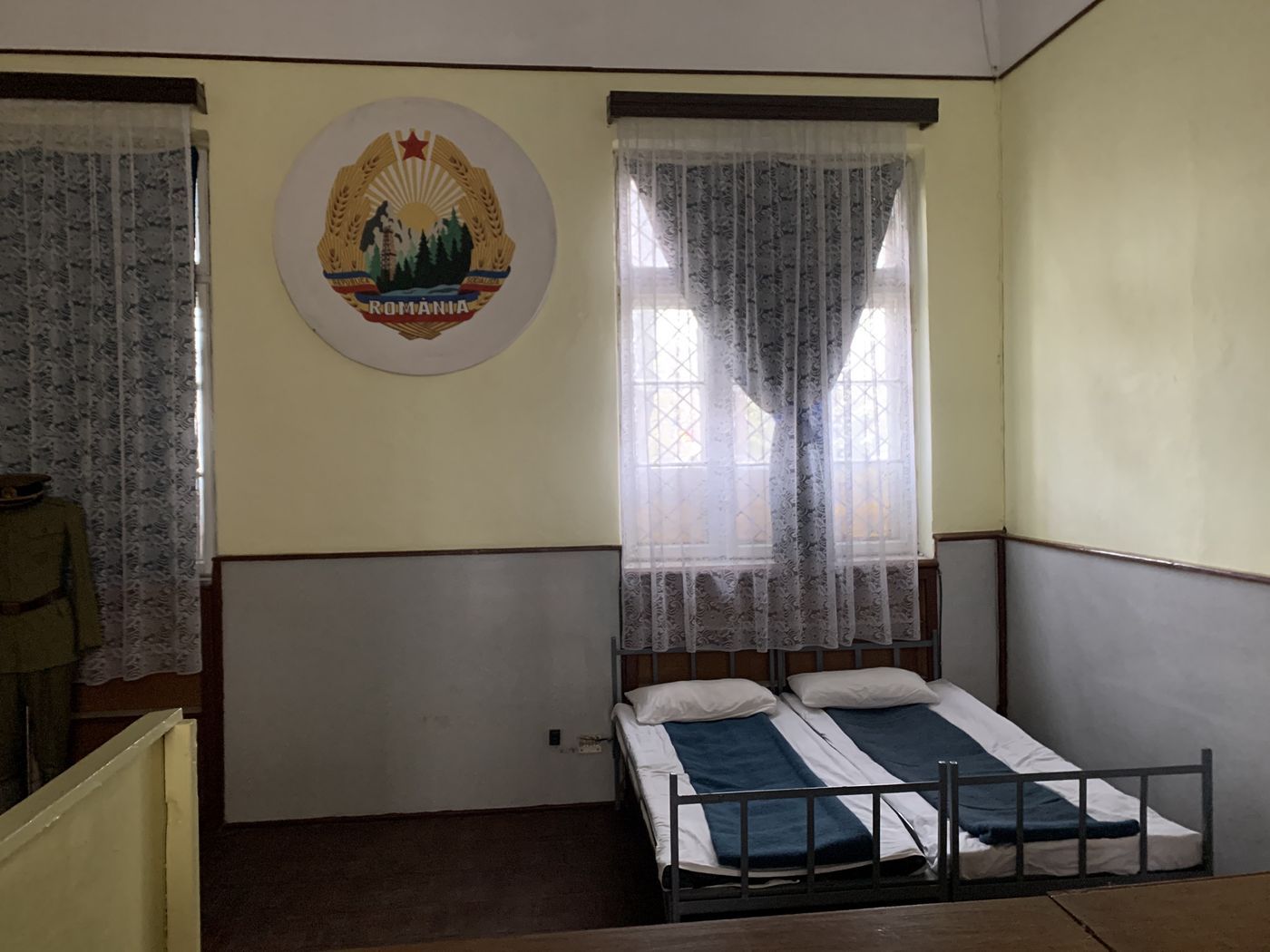
At this time, some of the second echelon of the Communist Party who betrayed Shouxisgu formed the "National Salvation Front" and seized power. However, the situation is still very unstable, with cold guns killing people everywhere. According to later statistics, the number of people killed in the conflict during this period was far more than before the exodus. As a result, the new regime made a decision: Shouxisgu must die. Only when he is dead, will everyone not worry that he will come back one day, will they be willing to swear allegiance to the new regime, and the conflict will end.
So, a somewhat comical "trial" took place on Christmas Day, December 25th. The army hastily converted a room in the barracks into a "courtyard" and asked the Shousisgus to stand trial for the repression of civilians in Timisoara.
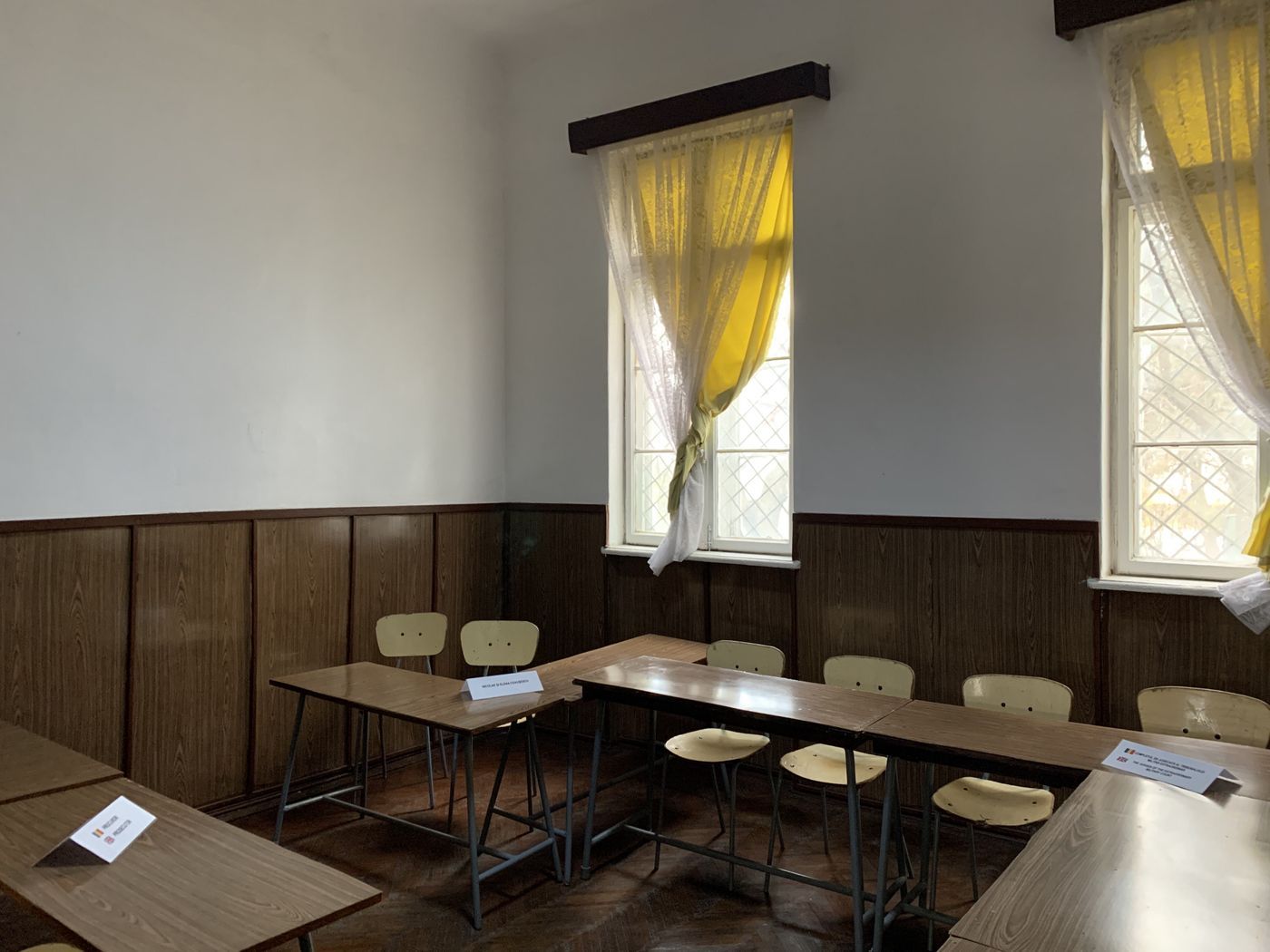
Although it was clearly a fake show, it still took great effort to find a well-known lawyer for the Shouxisgu couple to be their defenders. The lawyer only had ten minutes to discuss the case with them. He suggested that they admit to being insane and were rejected in person. During the one-hour "trial", the Shuseskus repeatedly accused it of being a coup.

The "trial" is over, and the Shouxisgu couple is of course "guilty". The two were sentenced to death with immediate execution.
Before I came to Romania, I had read a lot of information about this history, but when I set foot in this "court" and then went step by step to the place where they were executed, I was still very shocked. Their execution took place just behind the same building in the "court", less than a minute away from their last seat. They probably never thought that when the last generation of people came, it would be so sudden and unprepared.
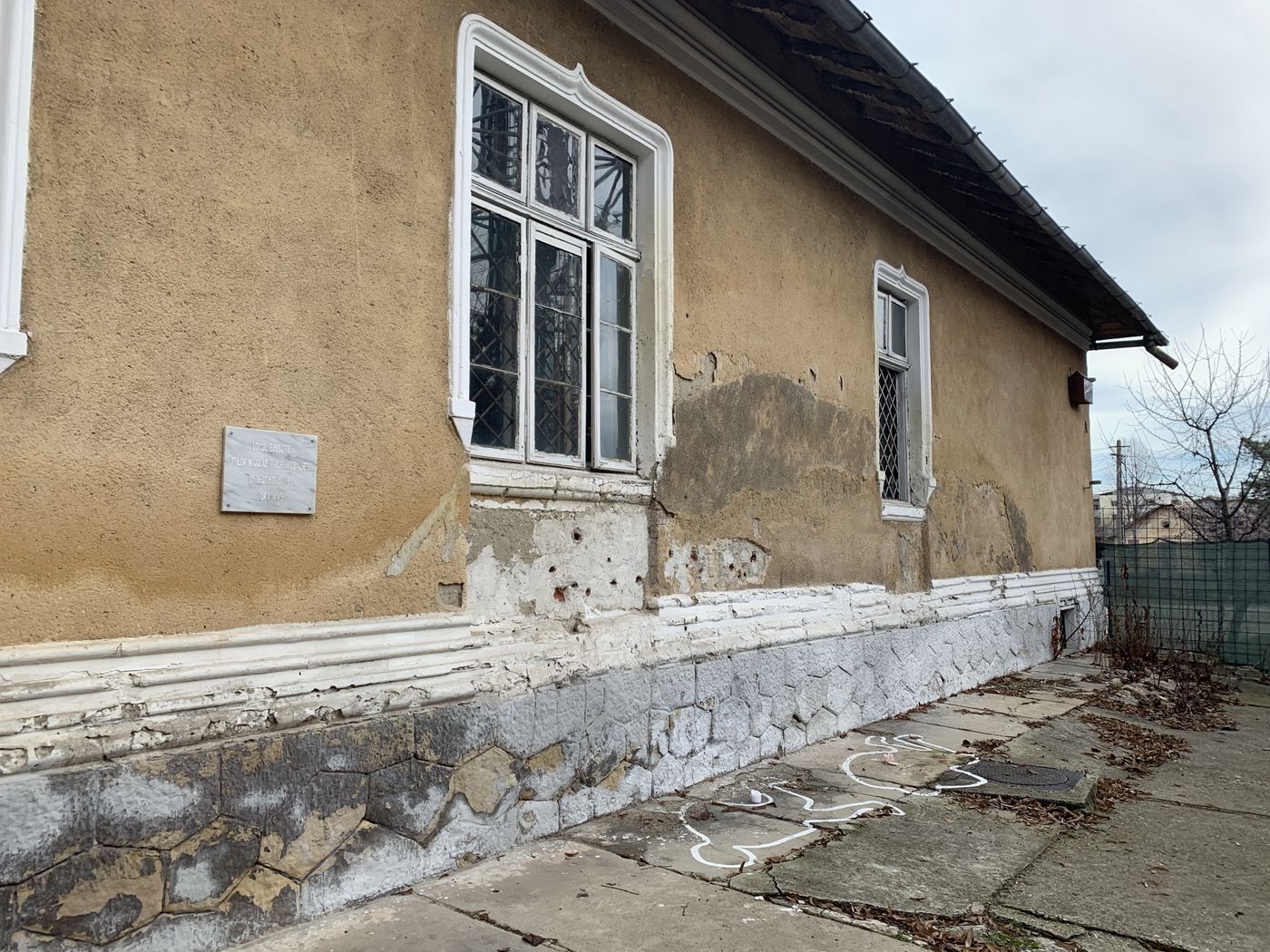
It is said that before dying, Elena was still swearing. As for Shouxisgu himself, he finally knew that the rescue would not come and that he was going to die, so he sang "The Internationale" in front of the automatic rifle. It was rumored that they were executed outside a public toilet, and I confirmed at the scene that the toilet in the building was actually on the other side.
Gunshots sounded, and then it was all over.
Back in Bucharest, the crowd who received the news rushed to the live broadcast room of the TV station. As a representative, a famous poet said to the camera with trembling: We have won.
Romania held democratic elections in 1990, and the National Salvation Front won by a large margin. After many party rotations, Romania joined the European Union and the country was able to develop.
However, the blood debt during the revolution that year has not yet been ascertained. The road to transformational justice, thirty years later, has not yet been completed.

Attraction recommendation:
Palace of Parliament https://goo.gl/maps/uAsvmZ8PgUoBBsLG7
Former Central Committee Headquarters Building https://goo.gl/maps/BihhZUjyeQ3mrr2s5
Day 2 Anmen Square https://goo.gl/maps/GethpDejNoxfrH2a9
Execution site https://goo.gl/maps/FGPyNDqcDCaTsL469
Like my work?
Don't forget to support or like, so I know you are with me..
Comment…